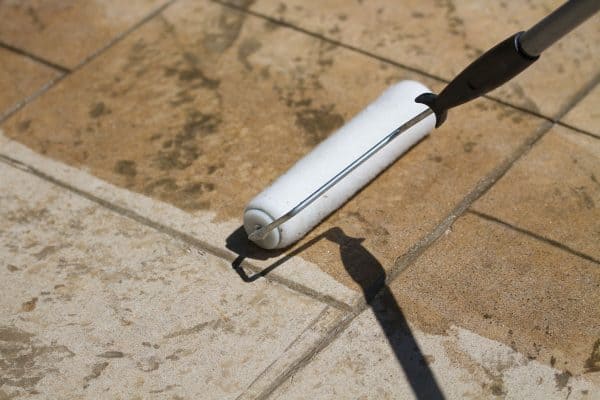Disclosure: We may get commissions for purchases made through links in this post.
Sitting around a fire pit is a great way to enjoy the outdoors. Different materials can be used to build a firepit, including gravel. As a homeowner, you might be wondering if all types of gravel, including pea gravel, are safe? To help answer your question, we asked masonry experts, and here's what they think about using pea gravel for firepits.
Pea gravel is porous and contains compartments where water settles. When exposed to heat from the pit fire, the water can heat up, and pressure builds. Therefore, it should not be used to build firepits because it can explode.
Pea gravel can also spontaneously ignite when exposed to an excessive quantity of heat. Because of the quantity of moisture it holds, it shouldn't be placed too close to a fire pit because it might constitute a hazard.
In light of this, selecting the ideal rocks for use around a fire pit is essential. Continue reading as we learn more about pea gravel and the general do's and don'ts you should know while building a firepit.
![Large back yard with grass and covered patio with fire pit, Is Pea Gravel Good For Fire Pits [And Does It Explode?]](https://pavingplatform.com/wp-content/uploads/2022/03/Is-Pea-Gravel-Good-For-Fire-Pits-And-Does-It-Explode-.png)
What is Pea Gravel?
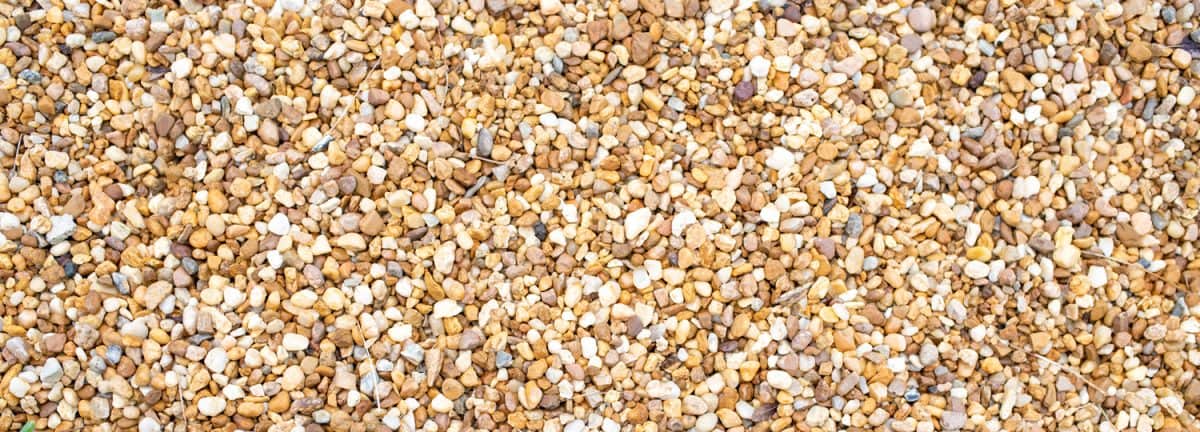
Pea gravel is small, smooth stone commonly used in gardening, landscaping, and outdoor construction projects. It is a type of aggregate made up of small round stones with a smooth texture. It is commonly found in river beds and can be used to create pathways, driveways, and walkways.
Pea gravel typically has a diameter of 3/8". The stones are usually made from granite or limestone. The name pea gravel comes as a result of the size of the rock because it has a similar size as peas. Even though it is not advised to use pea gravel in the fire pit, it may be utilized as a grass accent or as a walkway leading to the firepit.
Should I Use Pea Gravel Around a Firepit? [Does It Explode]
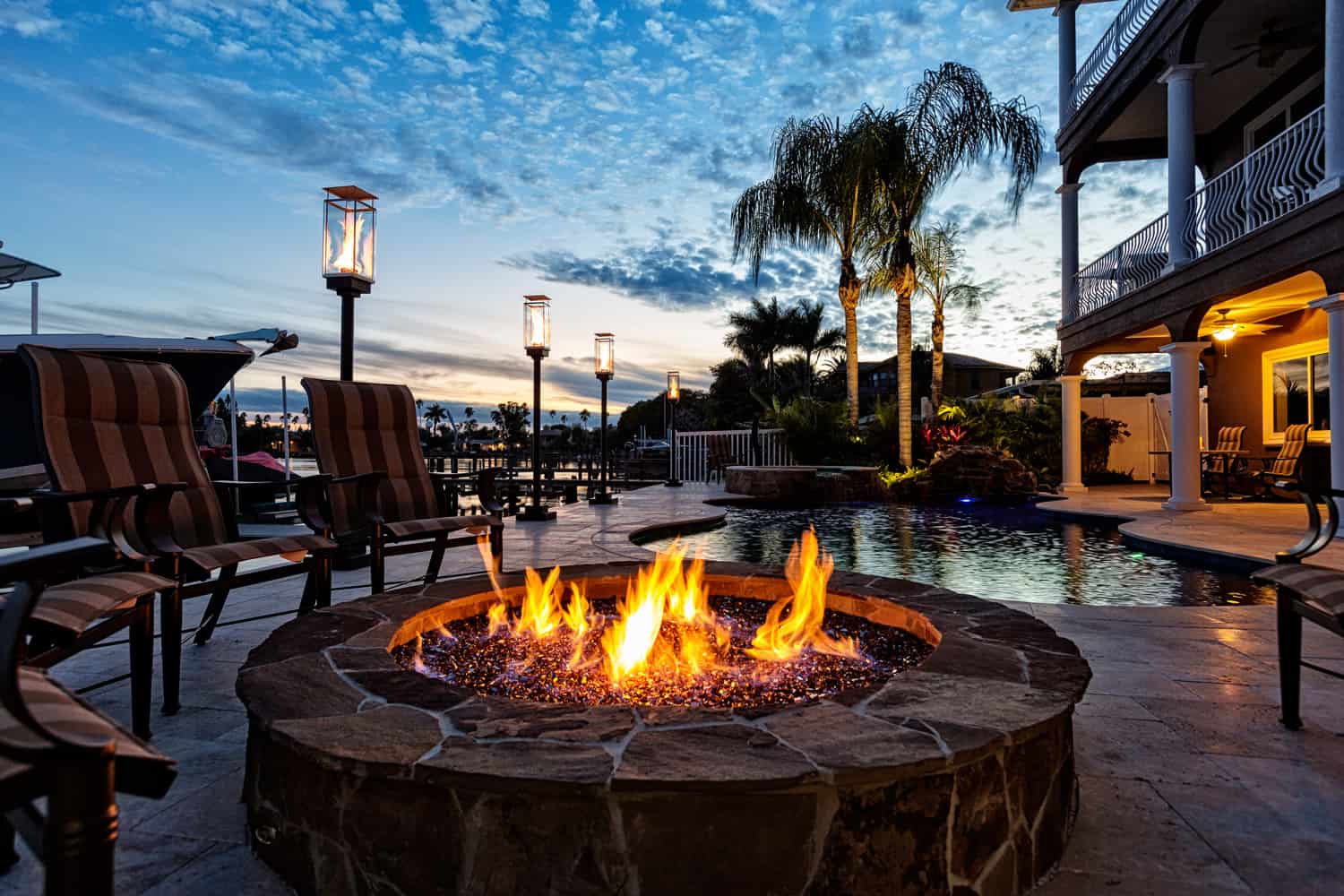
Stones prone to explode when exposed to high temperatures should be avoided when building the firepit. Unfortunately, most types of rocks can explode if exposed to enough heat. When air is trapped, the rock grows and finally explodes, resulting in the rock bursting.
Sandstone, gravel, river rocks, limestone, or pumice should not be on the primary list of rocks to use inside the fire pit. This is because these rocks are porous, it is easy for air to become trapped inside them when they're heated. They also tend to hold extra water, making them prone to breakage.
Why Pea Gravel Explodes
Water increases the chances of releasing trapped oxygen, which leads to a rock explosion. You will have a much lower chance of running into complications if you choose to use harder rocks. Several varieties of rock may be utilized to create a fire pit. Slate, granite, and marble are examples of dense rocks that you can use in your project.
Due to their density, it is unlikely that these rocks will absorb enough water to trigger an explosion if heated to extremely high temperatures. Although an explosion of these stones is not impossible.
Types of Gravels For Building Firepit's Surrounding Areas
Crushed stone and naturally formed gravel are the two main types of gravel. As the name indicates, crushed stone is formed by crushing larger chunks of stone or rock into smaller pieces. There are, however, many various types of gravel, each with its look, set of properties, and intended usage.
Pea Gravel
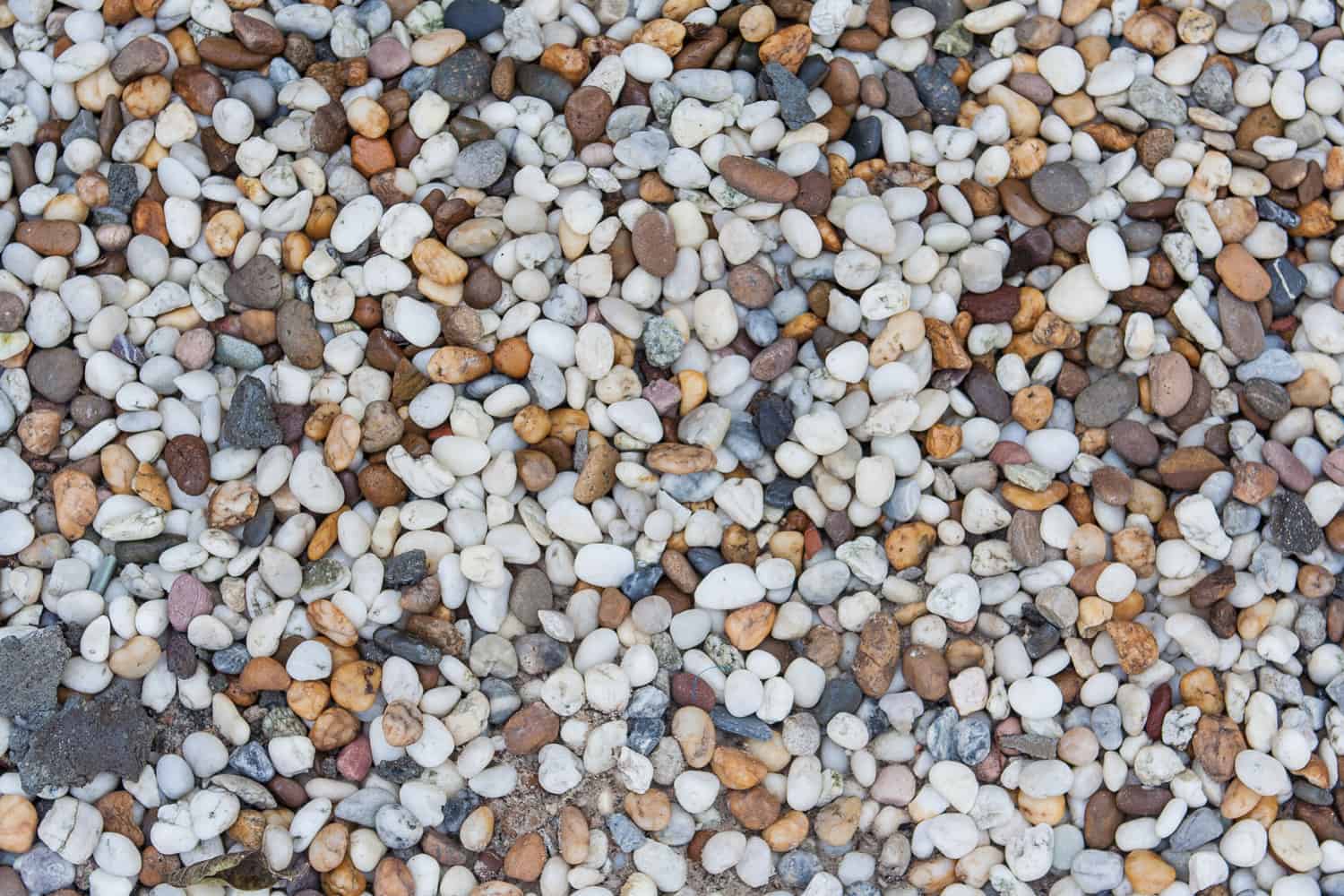
Pea gravel comes in various colors and can be used in fire pits, walkways, playgrounds, patio fill, and drainage systems. Pea gravel is a fantastic choice for areas around firepits since it has a smooth surface and is aesthetically pleasing. Pea gravel is suitable for use around a fire pit, it is a comfortable surface to walk on and inexpensive.
Crushed Stone Gravel
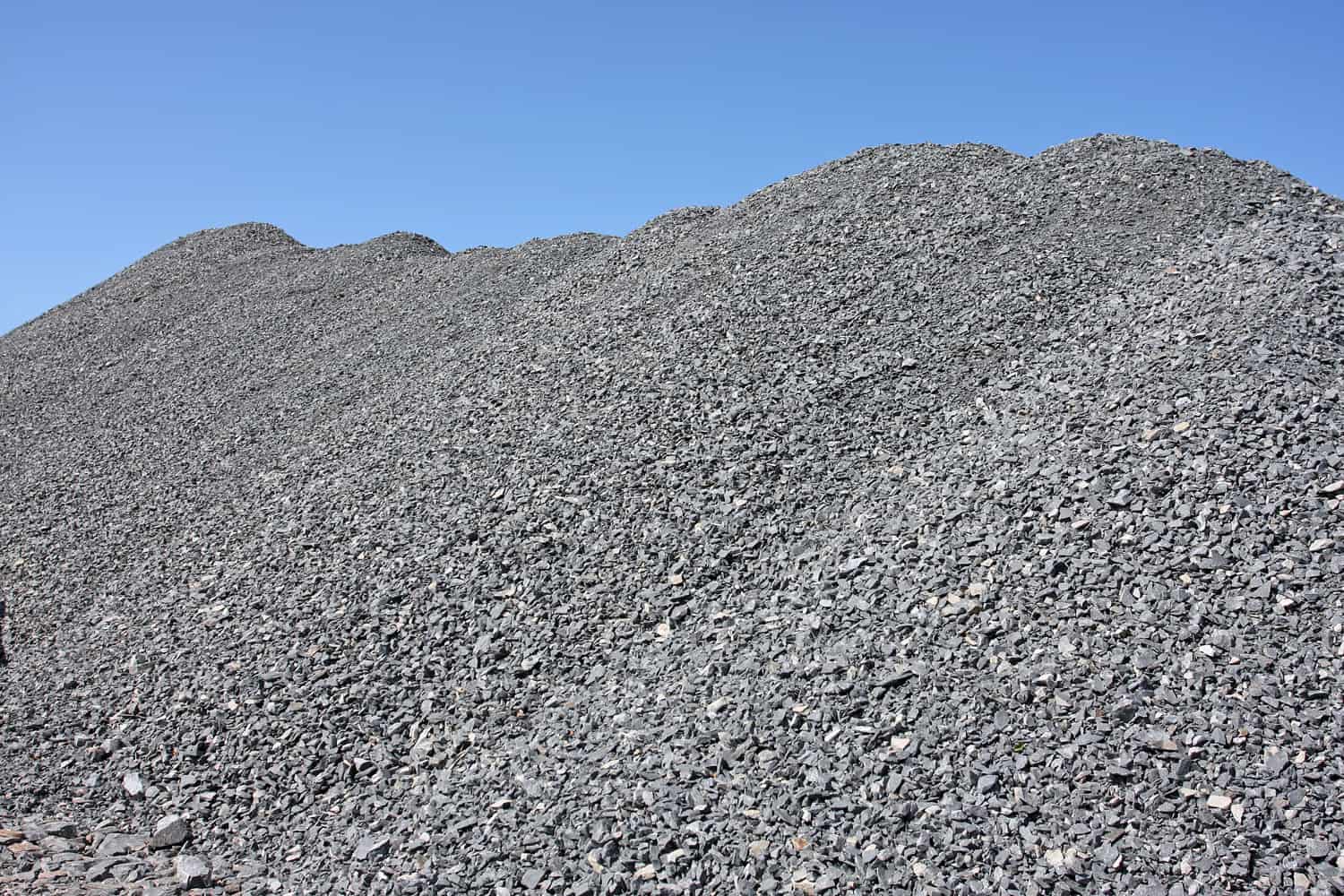
Crushed stone gravel is a type of landscape filler made out of tiny pieces of limestone or granite that have been broken down. Crushed gravel's principal colors are grey or pale since it is primarily aggregate (limestone or granite).
Marble Chips Gravel
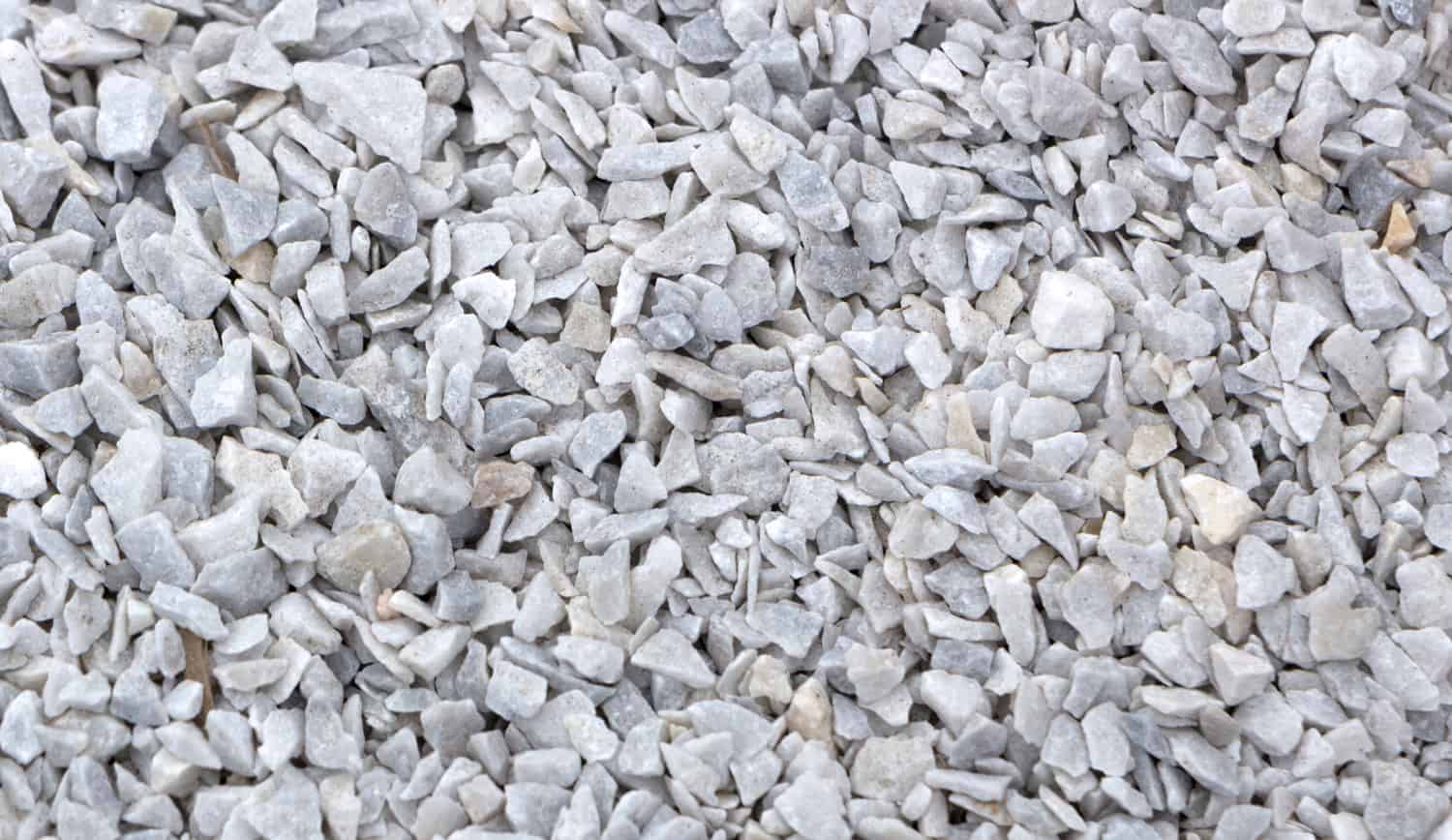
Marble chips are a type of stone that is used in hardscaping. They come in a variety of colors and have a lot of benefits. Marble chips absorb water, so they are great for areas with high water runoff. Marble chips are a popular landscaping option because they come in many colors and textures.
Marble chips are made out of marble, which is an igneous rock. They are created by taking pieces of marble and breaking them down into smaller sizes. These small pieces are then ground down into the desired size and shape before being packaged and sold to the public.
They are often white or pale and have a basic, unadorned appearance. They look great in the garden where you have the fire pit, and they may even be used to line minor roadways or walks.
Crimson Stone
The gorgeous reddish or scorched orange stone is sometimes used with dark gray or black stones to create stunning contrast. Garden paths and walkways are places you can use crimson stone, and they add a unique aesthetic touch to yards.
Is Pea Gravel Cheaper Than Pavers? [For Building a FirePit]

Yes, pea gravel is cheaper than pavers. The cost is one of the significant differences between pea gravel and pavers. With one cubic yard of pea gravel obtained from a local source, you can make a100 square foot patio with a three-inch depth around your fire pit.
Do's and Dont's When Building a Firepit
1. Construction Should Follow Proper Regulations
Before starting your construction project, the first and most crucial step is to check with your local fire department, community regulations, and other appropriate organizations for permission. Your local fire department will also be an excellent resource for ideas, as well as keeping you informed about local limitations, burn bans, and other vital information.
2. Maintain a Safe Distance Between The Fire Pit and Main House
Ensure the fire pits are kept a safe distance away from home. Fire pits should be positioned at least 10 to 20 feet away from a house or other structure. The greater the distance between the fire and the buildings and other structures, the less the risk of fire accident or burn.
3. Utilize Fire Pit Safety Equipment
Firepit accessories may be purchased to assist you in extending the life of your equipment while also protecting you and your environment. Preparing a fire pad beneath an above-ground fire pit will help protect the area on which it is installed.
It is also vital to use the stand with the fire pit you have chosen. To keep embers and sparks confined, you may want to consider purchasing a fire screen to place over your fire pit. This can help to protect your home, as well as any structures, plants, or other objects in your yard. A fire extinguisher should also be placed nearby for emergencies.
See this 36" fire pit screen on Amazon.
4. Don’t Keep Firewood Pile Near Flammable Materials.
It is strongly advised that you should not build a fire pit near anything flammable. Check for flammable materials in the vicinity, and keep an eye out for low-hanging tree branches.
5. Don’t Place Fire Pits in High-Risk Places
Your fire pit should be placed on a level piece of land in an open area of your yard at least 15 feet from nearby residences and at least 10 feet from flammable materials. Use a wind tool to discover the prevailing wind direction in your location to avoid smoke.
When the weather is particularly windy, embers are more likely to be transported beyond the fire pit Too dry conditions may further raise the chances of embers igniting and starting a fire.
6. Don’t Use Flammable or Porous Building Materials
The inner wall of your firepit must be made of fire-resistant building materials. The outer walls must also be heat-resistant but can be made of traditional brick, stone, or masonry blocks concrete pavers. Combustible materials and non-porous materials that retain water such as pea gravel should not be used in the fire pit.
7. Don't Forget to Add a Layer of Protection
Even if a stand and a pad support your fire pit, you should wait until you've added another layer to the inside of the fire pit before igniting it.
Add inches of sand at the bottom of your fire pit before lighting it to create an additional layer for protection between the burning fire and the area below and around. This will allow the fire pit to burn longer.
To Wrap Up
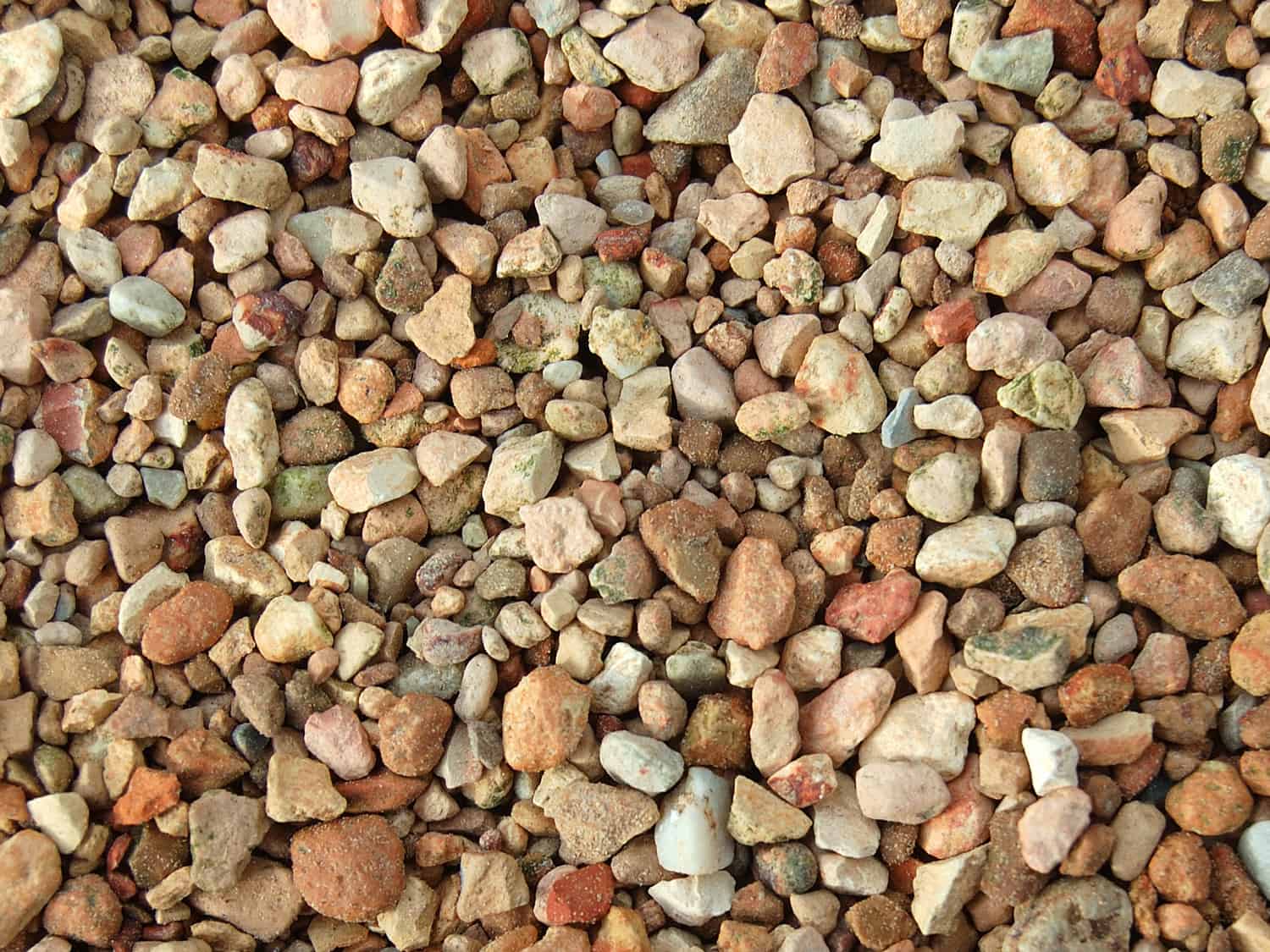
Pea gravel is a suitable construction material that can be used for decorating firepit surroundings. However, it is not advised to use pea gravels inside the fire pit for safety reasons. Another appropriate type of gravel you can use include slate and granite.
Enjoyed this article? You would also like these two below.


![Vibrant Red Paver Stone Path, Can You Spray Paver Sealer? [How To Apply It]](https://pavingplatform.com/wp-content/uploads/2022/04/Vibrant-Red-Paver-Stone-Path-600x400.jpg)
![Properly laid out red pavers for a garden, Can You Tint Paver Sealer? [And How To]](https://pavingplatform.com/wp-content/uploads/2022/04/Properly-laid-out-red-pavers-for-a-garden-600x400.jpg)
